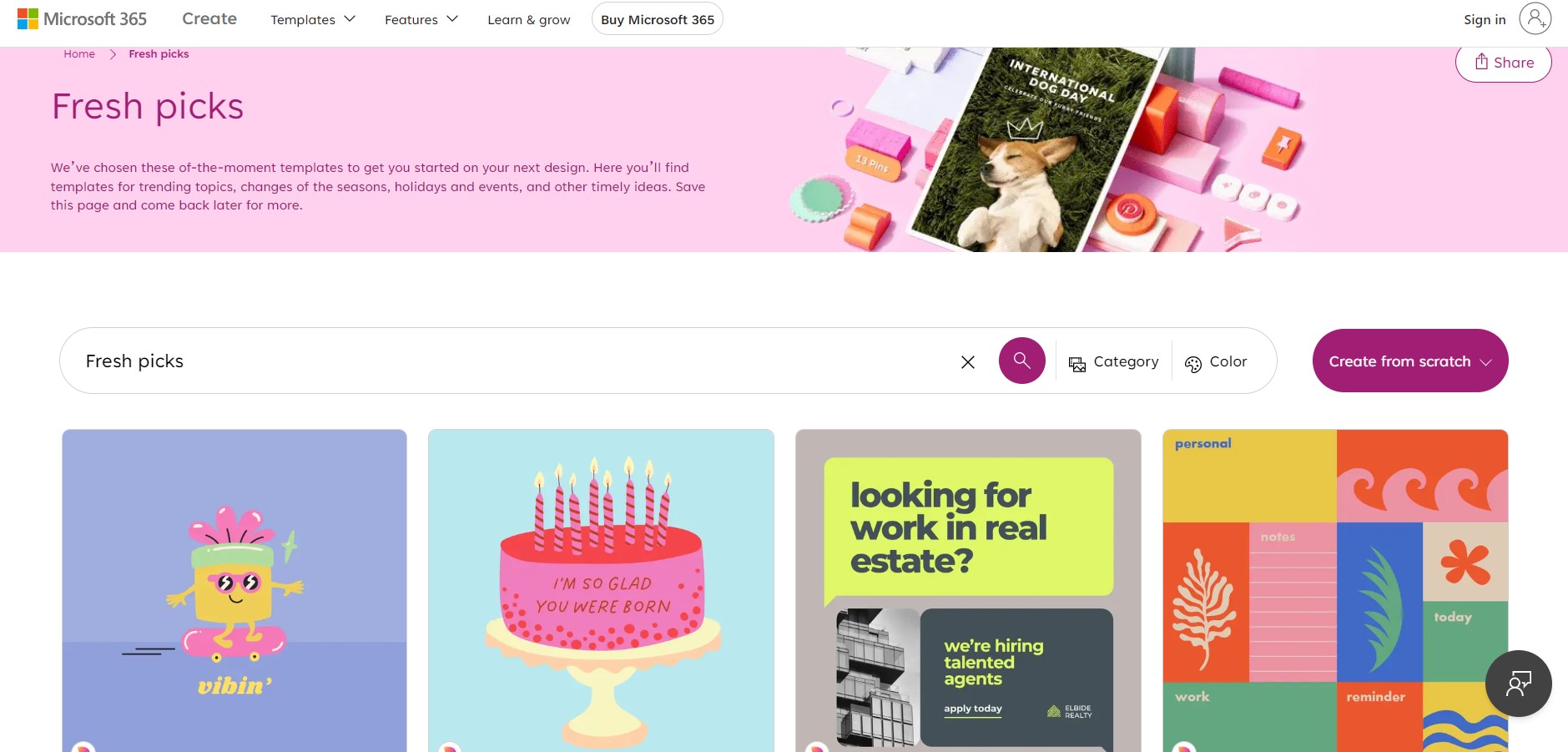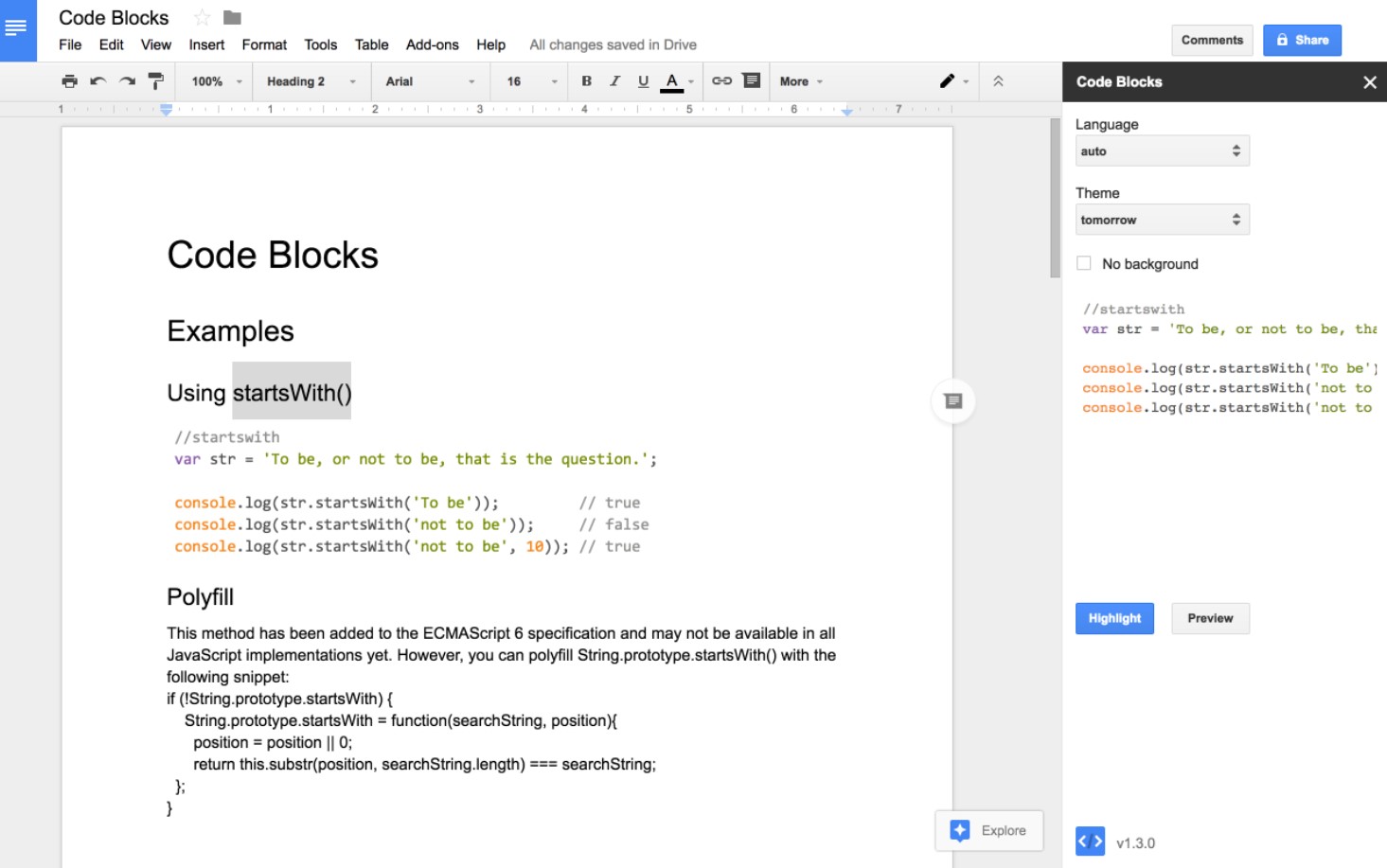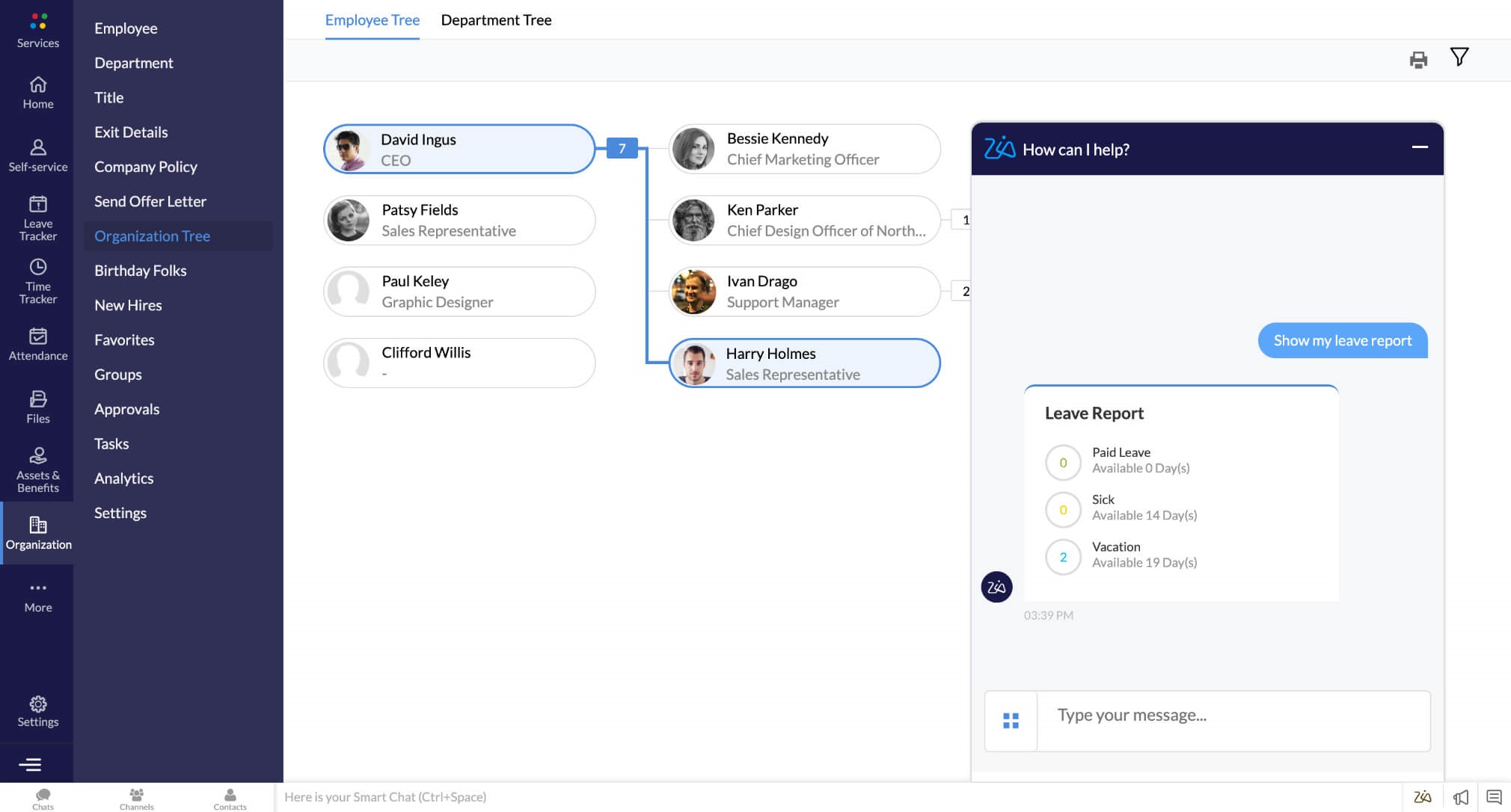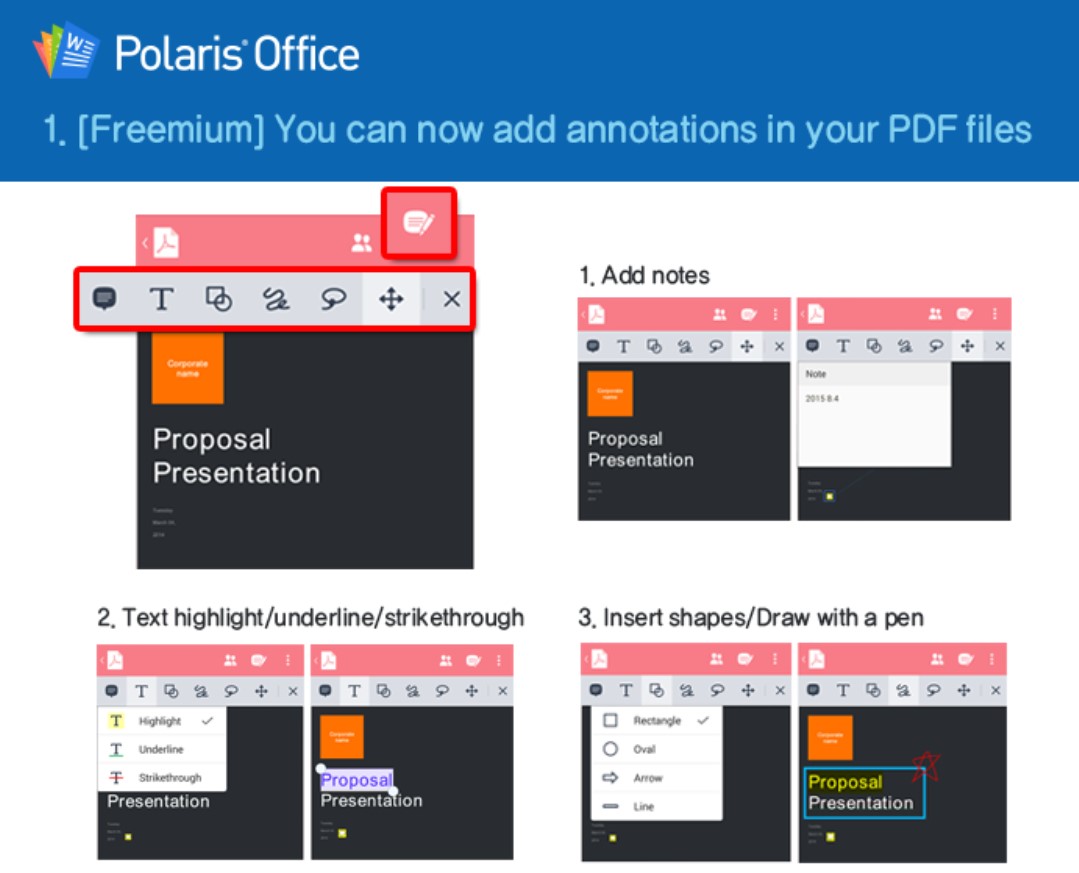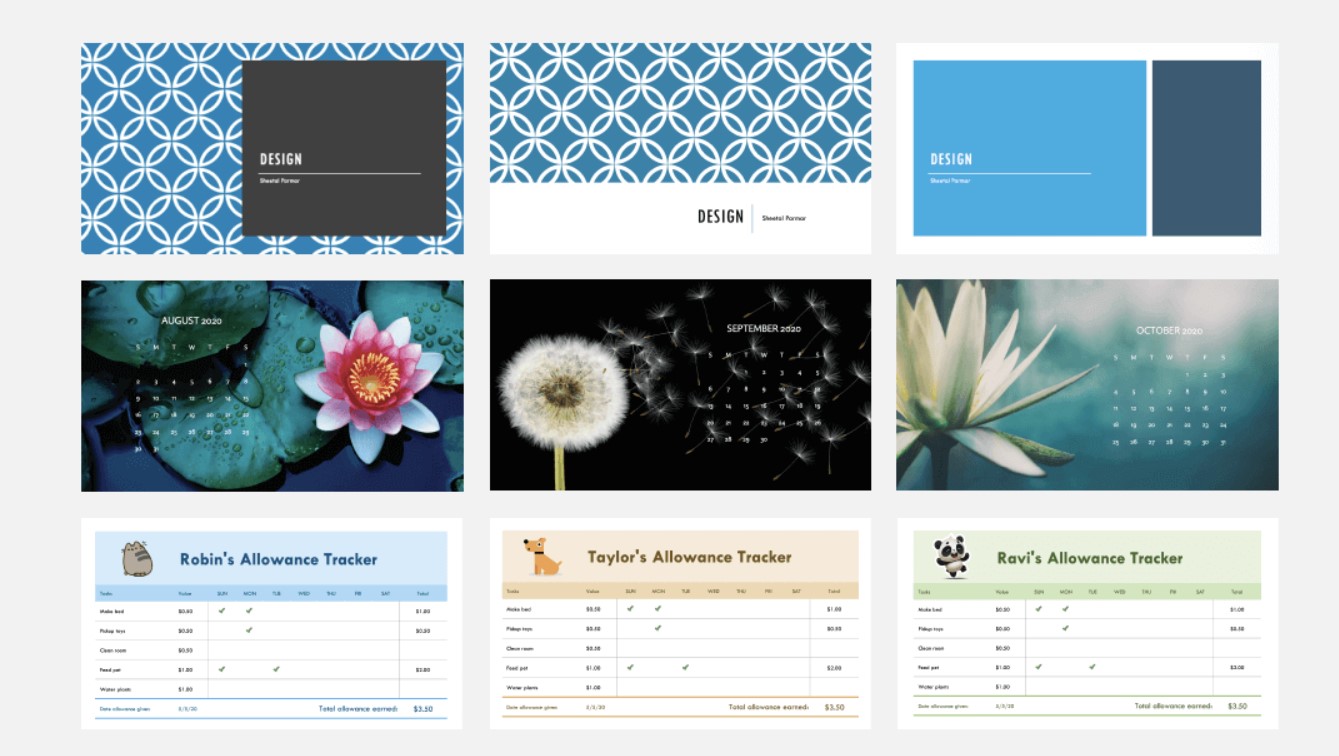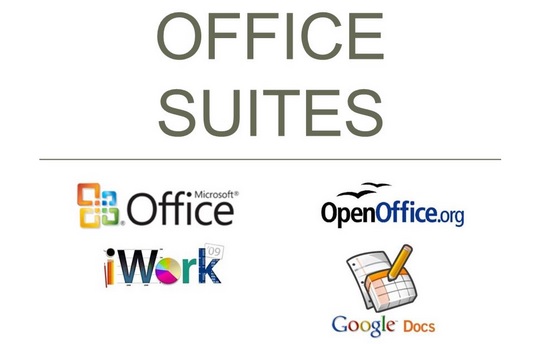
The Best FREE Office Software Suites for Windows – The Alternatives You Should Explore
The best free office software suites for Windows users are designed to make using office documents and excel sheets easy, simple, and hassle-free for them. If you are like most Windows users, you are already somewhat familiar with Microsoft 365 which packs in all the desktop apps that Windows users around the world use every day – Word, Excel, PowerPoint, you name it.
Although Microsoft still remains the giant it used to be in the enterprise application space, there are many other companies that have thrown a tough challenge over the years. While some of these enterprise suites for Windows come with a price, there are some equally good, and even better, free alternatives that I am going to explore in this article. Before we go into the granular details, here’s what you can expect from each of these suites.
| Feature Name | Microsoft 365 (Free) | Google Docs | Zoho Workplace (Free) | Polaris Office (Free) | LibreOffice |
| Word Processor | Yes | Yes | Yes | Yes | Yes |
| Spreadsheet | Yes | Yes | Yes | Yes | Yes |
| Presentation | Yes | Yes | Yes | Yes | Yes |
| Cloud Storage | 5 GB | 15 GB | 5 GB | 1 GB | No |
| Mobile App Availability | Yes | Yes | Yes | Yes | No |
| Built-in Email Client | Yes | No | Yes | No | No |
| Platform Support | Web, Android, iOS | Web, Android, iOS | Web, Android, iOS | Web, Android, iOS, Windows, Mac | Windows, Mac, Linux |
| Best Suited For | Small businesses needing basic tools | Small businesses, remote teams | Small businesses, startups | Basic document management | Mixed OS environments |
| Paid Upgrade Availability | Yes | Yes | Yes | Yes | No |
It is true that there are certain compromises we need to make while using the free versions of paid-for apps. When it comes to Microsoft 365, though, you can still get access to all the essential productivity tools for free. Besides Word, Excel, Outlook, and PowerPoint, you also get a solid 5 GB of free cloud storage from OneDrive with the free plan. The free version even allows users to collaborate with other users.
Of course, the paid versions offer more versatility and email and storage options, but the free version still gives you access to a whole suite of productivity tools that are useful for day-to-day word processing, emailing, and cloud storage of your work data.
- Download updates and upgrades for free
- The most feature-rich free office software suite
- Convenient automation features in Excel
- Smooth collaboration
- Seamlessly sync and access mobile and web versions
- Word’s automation features are somewhat intrusive
- Some features are hard to find
- Poor customer support
Both the free and paid versions are impressive in their own ways. If you need word processing, day-to-day emailing and handy spreadsheet tools, the free version fits the bill. However, it’s only useful if you have a stable internet connection as you can’t download the apps for free. Also, sharing and storage options are limited. If you want to store and send large files, you need to upgrade or look for an alternative.
Sadly though, Microsoft 365 free version has not been able to garner mostly positive reviews on customer review websites like TrustPilot. Most customers are unhappy about the fact that some of the advanced features are hidden and it takes a lot of guesswork and a bit of luck to find and use them. For some business users, the customer service of Microsoft has been a Royal Pain. The UX of Outlook for iOS, as many customers pointed out, is sloppy and clunky.
If you often switch between a Windows PC and a Mac, and your work requires a lot of collaboration, Google Docs, Slides, and Sheets could be just what you need. It’s an automatic choice for anyone who is already an Android and Google user. The three most important tools, Word, Slides, and Excel, rum seamlessly on any web browser, and you can even get mobile apps for Android and Apple phones.
You won’t find advanced enterprise tools such as database tools in the free office suite, but the Big G has laid everything in a clear and logical way and you can save and sync files in real time in a hassle-free way. The free version is quite good, although I found its paid version quirky, but more on that later on.
- Files are easy to share via Google Drive
- 15 GB free storage per user
- Robus support options
- Mobile app comes with limited features
- Formatting is difficult
Docs, slides, sheets, and forms are part of Google’s suite of enterprise productivity tools. If you have a Google account (which costs nothing), you can use it for free for up to a certain limit. You can edit and share documents for free.
However, if you want more than 15 GB of storage per user and you have a mid-to-large size organization where more than 100-150 employees need to use the productivity tools, you need to consider upgrading. Paid versions start at $12 USD per user per month and grants 2 TB of free cloud storage, along with customized business email and round-the-clock support.
I found on online forums and communities that most users choose Google Docs as it’s extremely user-friendly and suitable for both students and business users. It facilitates real-time collaboration, has handy search functions and the free version offers a lot more than other similar office software suites on the market.
However, not having an offline version is the biggest drawback, as some users pointed out. If you are working with an unreliable internet connection, it might not be the best solution for you. The spelling and grammar suggestions are not at par with other similar software suites like the one from Microsoft and the graphic options are heavily limited.
Zoho Office is a flexible, low-cost, and high-powered enterprise suite loaded with in-built workflow and collaboration tools. With big businesses like Nike and BBC among its regular users, it’s strong enough to attract all kinds of enterprises. It’s word processor, which replaced the familiar word-style user interface with a formatting sidebar helps users in creating professional-looking documents. It also has a free and powerful sheet and a simple and straightforward presentation package to complement its word processor.
If you want to use the Zoho Workplace free version, you need to choose the Forever Free plan. However, the set-up process is rather lengthy and you need to provide details of your business domain to get started.
- Feature-rich online apps with user-friendly interface
- Powerful collaboration features with Google-style revision history
- Beautiful and professional-looking graphics
- Mostly online-only apps
- Desktop and web-based apps have inconsistencies and sync issues
Zoho Workplace’s free version has everything you would expect in a full-spectrum office suite like real-time sharing and collaboration. Like Microsoft 365’s free version, it also grants you 5 GB of free storage and the apps store 25 previous versions of each of the files. In comparison, the minimum paid plan starts at $30 per user per year (requires a minimum of three users). It gives you unlimited version storage for each file, extended support for all your team folders, and a 1 TB of storage per user.
Some users on Reddit shared their positive experiences with Zoho email, as I found it out. They praised it for both the mobile and web-based apps. Also, some of them think that Zoho wants to encourage customers to upgrade to their plans eventually. The free version of Zoho mail works perfectly for most users as I noticed. But AI-powered assistant, Zia, didn’t live up to the expectations of most users.
If you have ever used a Samsung phone, you probably already know about the Polaris Office mobile version. The cross-platform free enterprise software is available for Android, iOS, Windows and macOS users. It comes with a slick interface along with various customization options and it is completely compatible with Microsoft documents.
The Windows version comes with a host of optional software, which includes a McAfee browser extension named WebAdvisor, an antivirus software, and a market research tool named PremierOpinion. The free account comes with 1 GB cloud storage, 60 MB monthly data and you can use it across two mobile devices and once desktop device at max. You can also connect it with Dropbox, Google Drive, Amazon Cloud Drive and Microsoft’s OneDrive.
- Choose between 1 GB of free clous storage or other supported services
- Cross-platform compatibility
- Compatible with MS documents
- Bundled software and ads included
- Mobile apps are not user-friendly
I turned to Software Advice to gauge the user reactions about the free office software suite. One user named Margret revealed that the software allows her to manage information conveniently by typing and even scribbling. She liked the fact that lines she drawn with a stylus or finger can effortlessly be shaped and resized. However, some users complained that it is difficult to locate files on a memory card using the app.
While the free version of the app makes it especially easy share and move files, and even use it alongside popular cloud-based apps such as Amazon Cloud Drive, if you upgrade to the premium version, you will get access to even better features, such as a PDF editor. The premium versions also remove all the intrusive apps and let users search within a document.
LibreOffice shares most of its features with Microsoft Office enterprise utilities such as Word, Excel, and PowerPoint and it supports all sorts of Microsoft document formats, just like Polaris. It comprises of six software programs that almost everyone needs for work, namely Writer, Impress, Calc, Math, Base (which is an essential database tool), and Impress. Since it’s an open-source project run by an enthusiastic and growing community of developers, you can expect improved stavility and lots of new extensions and templates in the future. To top it off, it’s free for both home and enterprise users.
The best part of LibreOffice, aside from being forever free, is that it retains the original formatting when you convert a file. This means if you convert an MS-Word doc, it should look exactly the same in LibreOffice, and the other way around. It’s available for Windows, Linux and Mac, but it still lacks a full-feature mobile version.
- A complete range of office software
- Compatible with MS-Office file formats
- Retains original document formatting
- New features are added regularly
- Additional templates need to be installed manually
- Doesn’t support cloud storage, only local storage available
- Mobile version not available
On TrustRadius, a buyer intelligence platform, I found that most users lauded it for being a cost-effective alternative to Microsoft Office. Add to it the fact that it is functionally compatible with MS-Office for seamless file editing, exporting and integrating. Many users like its simple interface, compatibility in mixed environments, compatibility with a number of file formats, additional features such as data tracking and inventory management.
On the downside, several users have faced compatibility issues while using Calc, which is the LibreOffice equivalent for Microsoft Excel, and many of them actually complained about not having any learning resources, as I found it.
LibreOffice won’t charge you a penny for downloading, installing, and using its office software suite. The company, however, acknowledges the fact that some of its certified developers may offer their own versions of the suite with longer support options (translates into paid-for versions). If you want to support the community, you may also donate.

